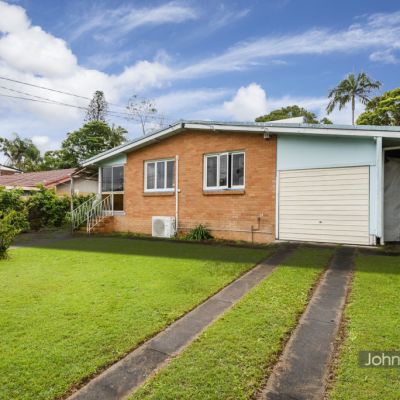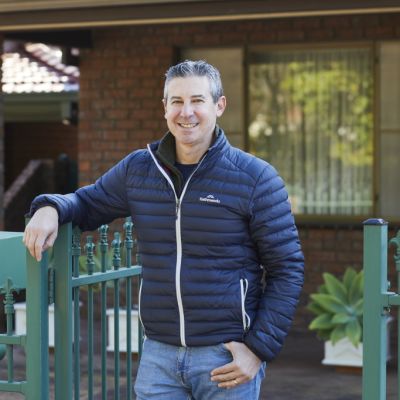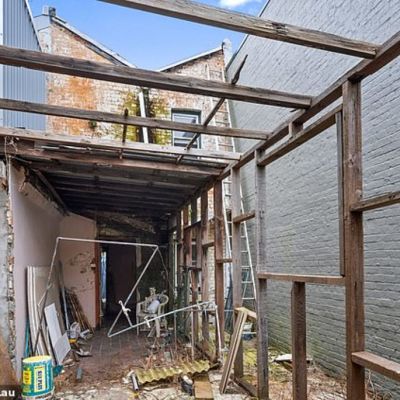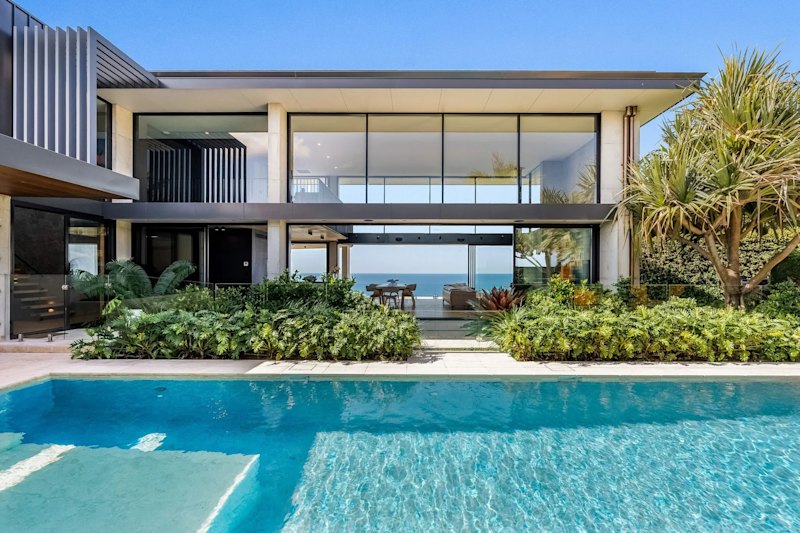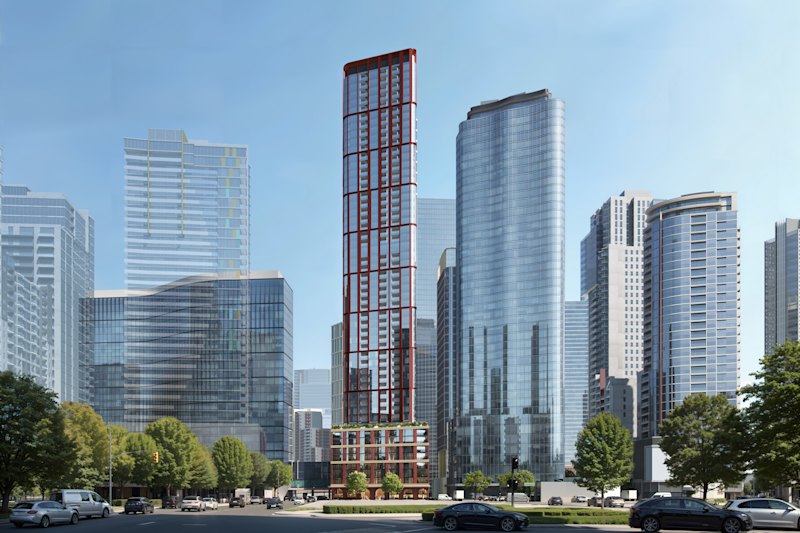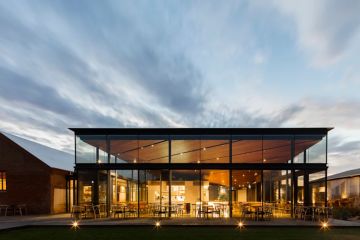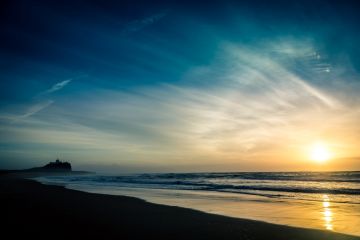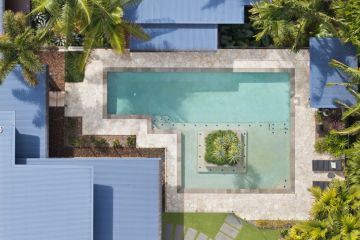Sydney Olympic Park: The under-the-radar suburb well worth buying and living in
Go on, admit it. When someone says Sydney Olympic Park, you don’t think, ‘Sought-after suburb, peaceful, green spaces, well-connected to the city’.
Chances are, lots of you – especially Sydneysiders – think, “stadiums. Arenas. Events-only. Concrete. Dull’.
Dear readers, how wrong we all are.
Sydney Olympic Park is not just a place Sydney built to host the 2000 Summer Olympic Games, or where Taylor Swift performed four sold-out shows or the home of the annual Easter Show.
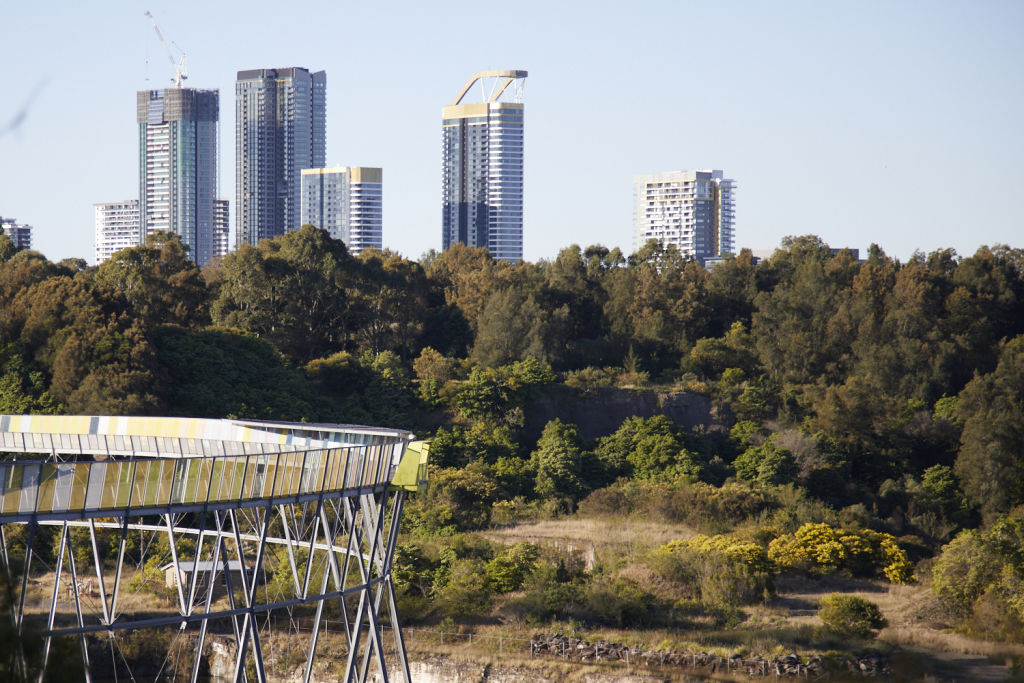
Although all these things are true, this easily forgotten suburb 10 kilometres from the CBD has life, heart and a thriving community.
You can ask the locals – and don’t worry, they’ll tell you – but you can also just see it because the evidence is there plain as day, laid out in the form of beautiful tree-lined streets, the soft sunsets over the parklands, and in the busy cafes with friendly neighbours greeting each other over their morning coffee on the way into their quick commute to the CBD.
Matt Edwards has lived in Sydney Olympic Park for 10 years and was one of the first tenants in the suburb when it transformed from an events space to a residential area.
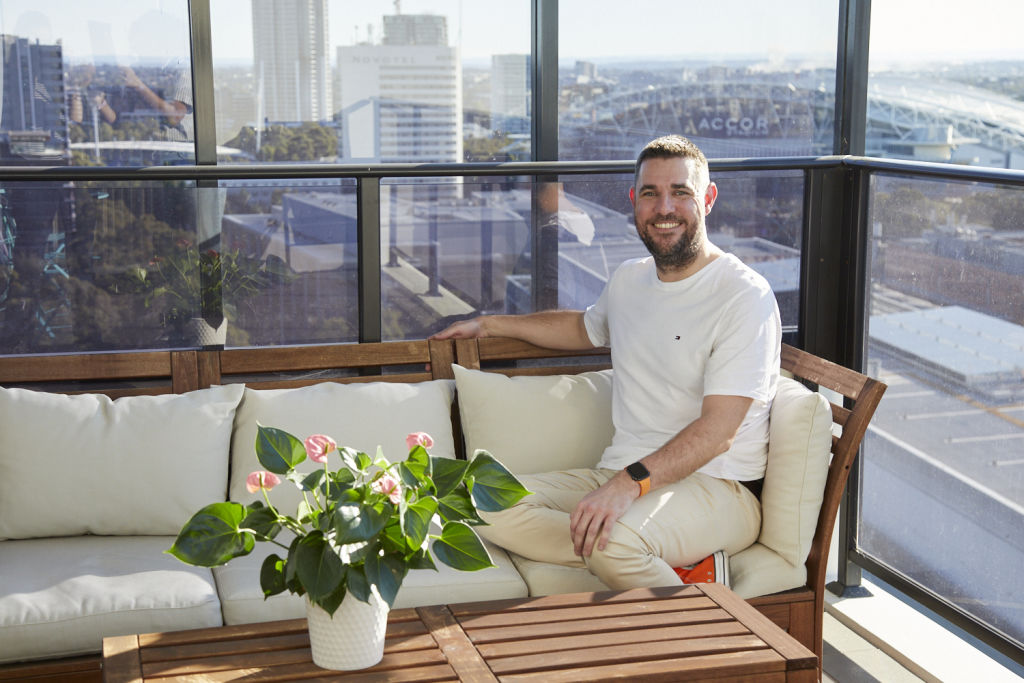
“When we moved here, this was actually the first and only apartment building in the area. And since then, it’s grown massively. It didn’t really have that much of a community feel to it, but over the last 10 years, it has definitely grown more.
“The main reason we moved here was for the Easter Show, but also the green space to be able to walk around and go for a bike ride.”
Sydney Olympic Park has five parks to visit, with Bicentennial Park being the largest one, with 40 hectares of green space.
This closeness to nature has attracted many young families into the area, says local agent Melinda Seeto of Seeto Real Estate.
“We see a wide array of buyers, be it the young professionals or those looking to expand the family or look after the elderly,” she says.
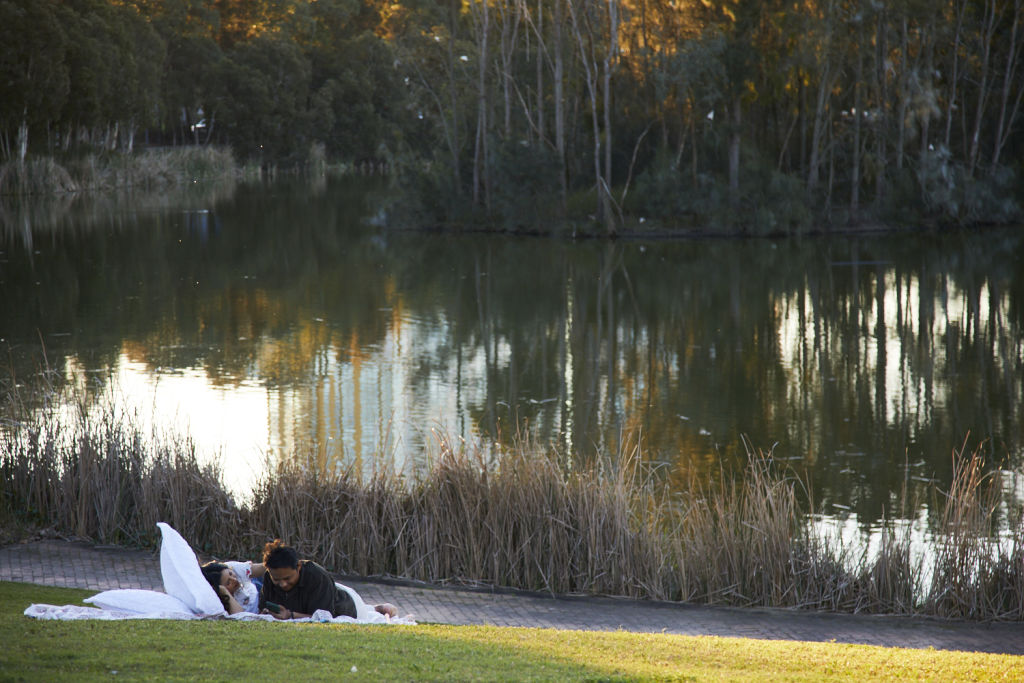
“Sydney Olympic Park used to be very quiet because there were not many apartments, but now, with more people coming into Sydney Olympic Park, we see more restaurants, more cafes, more events, and, of course, more concerts.
“Geographically, it is in the epicentre of Sydney, so getting to work, whether it’s in Parramatta or the city, is a breeze.”
Sydney Olympic Park has multiple bus routes, a train station, a ferry and an upcoming metro, keeping it connected to the rest of the city.
Compared to other connecting suburbs like Parramatta, Chatswood, and Surry Hills, Sydney Olympic Park is a more affordable for buyers wanting to get into the unit market.
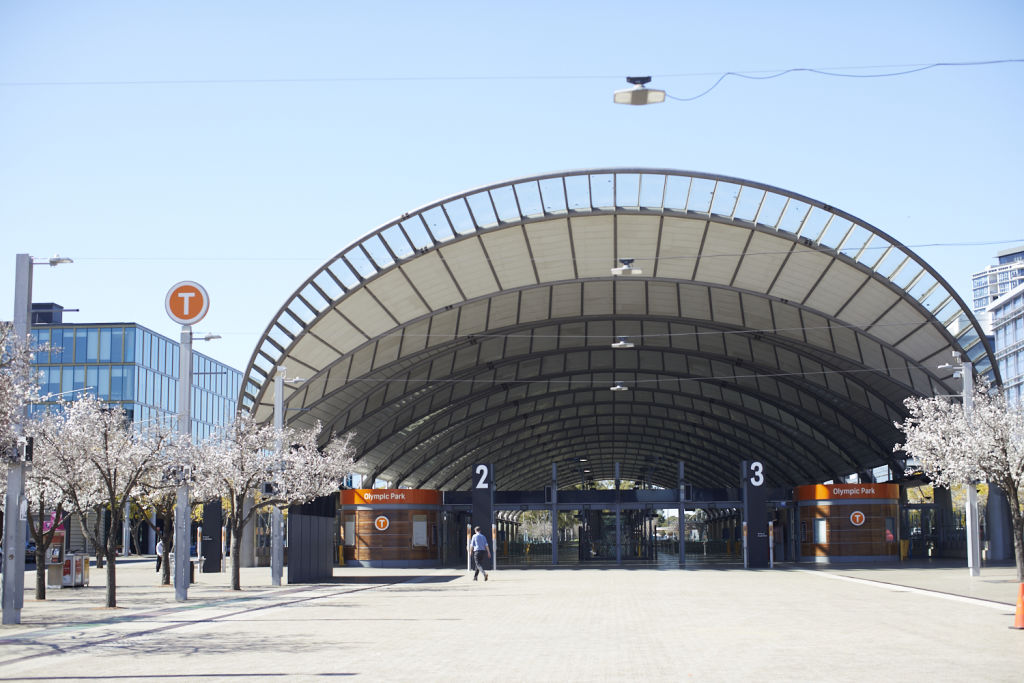
The median unit price is $683,000, compared to the Sydney unit median of $797,212, on Domain data.
And it’s actually becoming more affordable, says Seeto.
“Sydney Olympic Park is fortunately becoming more affordable for some buyers because of the increased supply,” she says.
Whilst Matt Edwards was initially pulled into the suburb to be close to the Easter Show he also liked its affordability. He says he now plans to stay for a very long time because there is “no beating listening to concerts from his balcony for free” and being within walking distance to ENGIE Stadium to support his favourite team, the GWS Giants.
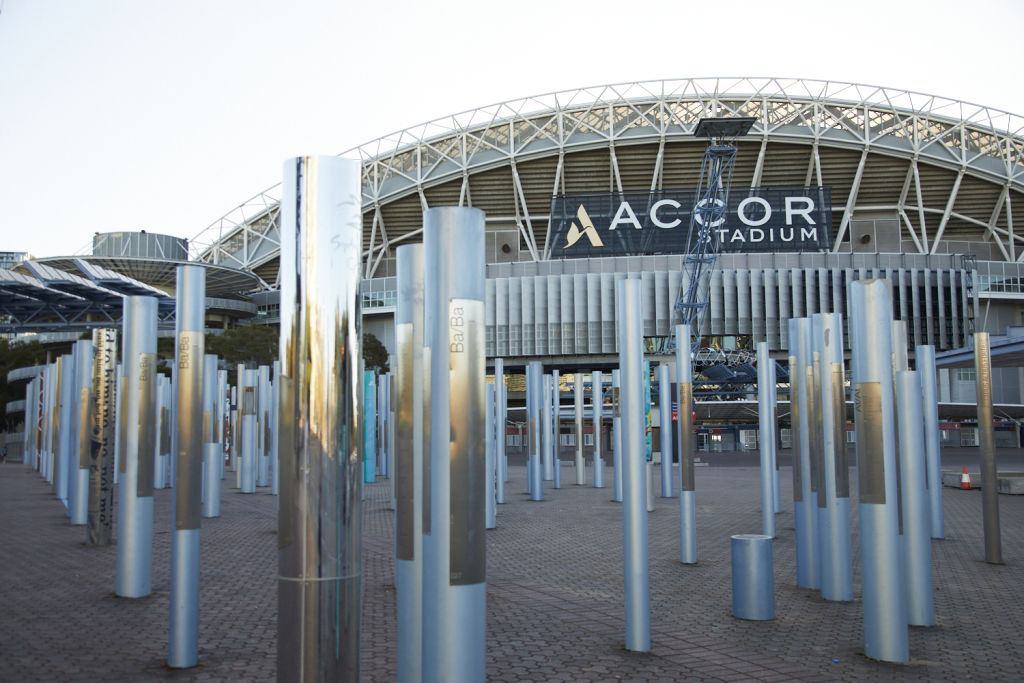
“So over the years, there’s been quite a few concerts, probably two highlights for me was Adele, quite a few years ago, and then actually Taylor Swift and then the vibe that brought as well,” he says.
“The vibe in the area was just like the Olympics all over again. Everyone was happy. They were in a good mood. Everyone was just here to have a good time.”
While proximity to concerts and AFL games is a plus, Edwards says living in Sydney Olympic Park also means living in history and being part of a growing community.
“Walking around these venues, in the history, in the moments that were made in that is something we can never forget. I think everyone has a memory of Cathy Freeman winning that 400m.”
“What I like about the community here, and what it does bring, is not a lot of people can say they know their neighbours in an apartment building, but I’m really lucky, having lived here for a few years now, getting to know my fellow residents in the building, but actually also the cafe owners, the restaurant owners.”
Edwards is a prominent community member and hosts trivia in one of the local cafes.
Abattoir Blues, a local cafe, has been running for nearly nine years and owner, Andrew Ellis, says he couldn’t have imagined a better location.
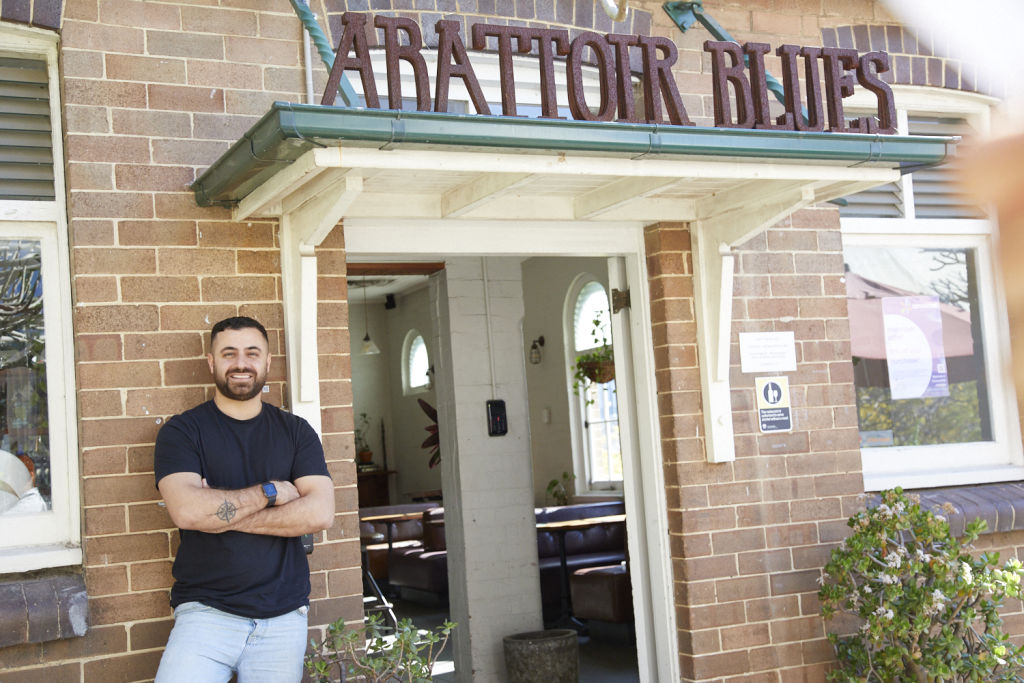
“There’s a 2030 Master Plan for the suburb that really drew me here,” he says. “I was quite sceptical at first given the history of some overseas Olympic sites that have struggled post-games.”
The 2030 Master Plan was created by the Sydney Olympic Park Council to develop the suburb from a former Olympic location to a vibrant location that people actively seek out to live in, work in and visit.
The development plans have included educational facilities, shopping precincts, new homes, more jobs, increased open space, increased community facilities and the facilitation of a new Metro station.
“When we first took this place, I didn’t open on weekends because I had no idea how many residents there were,” he says. “I decided to test out openings on weekends and lo and behold, there are many residents and now our weekends are actually our strongest days.
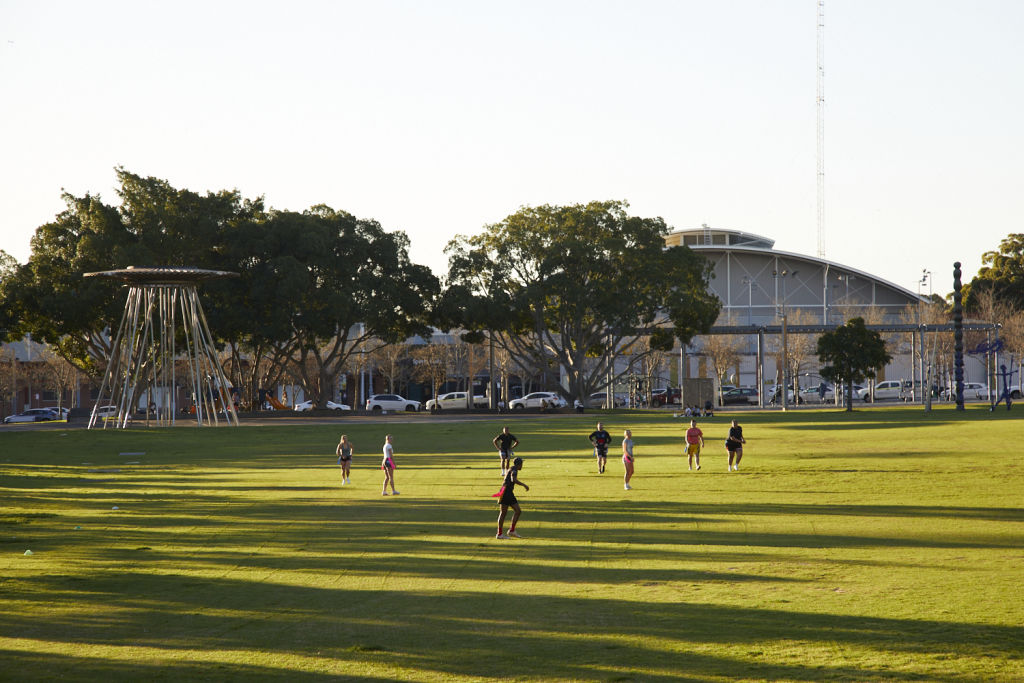
“The growth is still here and it’s still continuing, and I’m really excited to see what the future holds for the area and what part we can play in this part of, Sydney,” he says.
Edwards’ describes it as a “hidden gem”.
“People think of this as as a ghost town, because when there’s nothing on, it doesn’t feel like there’s people around. But there is so much open space for so many things to do.”
We recommend
States
Capital Cities
Capital Cities - Rentals
Popular Areas
Allhomes
More
